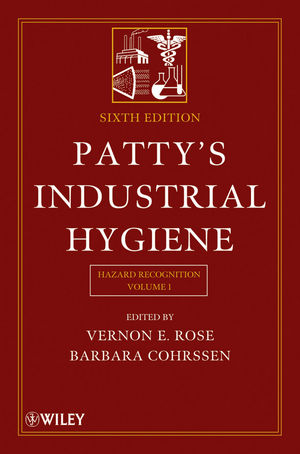The fatal explosion earlier this month at a Wisconsin corn mill shows the need for increased enforcement of safety laws and regulations, according to an advocacy group, which points to a history of violations at the workplace.
The May 31st incident at the Didion Milling Plant in Cambria killed three workers and injured at least a dozen more. Rescue personnel had to wait three days to remove the body of one worker because of the dangerous conditions at the site.
“Duelle Block, Robert Goodenow and Pawel Tordoff lost their lives working in a grain mill, where explosions caused by dust are a known and preventable hazard,” said Jim Schultz, executive director of the Wisconsin Committee on Occupational Safety and Health (WisCOSH).
Company cited in 2011
An investigation into the blast is now underway. In 2011 Didion Milling was cited by OSHA for failing to equip its facility with equipment to protect against ignition and explosion of dust from grain accumulating inside the mill.
The citation was settled for a fine of $3,645.
Current OSHA standards to limit combustible dust standards apply to the grain industry. The agency has been working on a new regulation which would apply to other industries – including food, wood, rubber, plastics and pharmaceuticals – since 2009. The U.S. Chemical Safety Board (CSB) says a general industry dust standard is needed “to prevent further tragedies,” but no final action has been taken to implement a new regulation.
“From long and sad experience, we know that most of the events in which workers become sick, are injured, or lose their lives are preventable,” said Marcy Goldstein Gelb, executive director of the National Council for Occupational Safety and Health (National COSH). “All employers must take pro-active steps to reduce workplace risks – but we can’t rely on voluntary action. OSHA needs resources to inspect workplaces issue fines and penalties, which have an important deterrent effect.”
The cost
"Employers are always talking about the cost of fines, and how it hurts their business,” said Schultz. “We also need to focus on the terrible cost to workers and the price paid by families when workers are put at risk in an unsafe environment. When an employer with 200 workers in a community with 700 residents closes down for an indeterminate time due to the amount of damage to the facility the casualties extend out far beyond the workers and their families. Safe and healthy workplaces make for thriving communities."
Agriculture, forestry, fishing and hunting are among the most dangerous U.S. industries, with 570 deaths in FY 2015, or 22.8 per thousand full-time equivalent workers.






